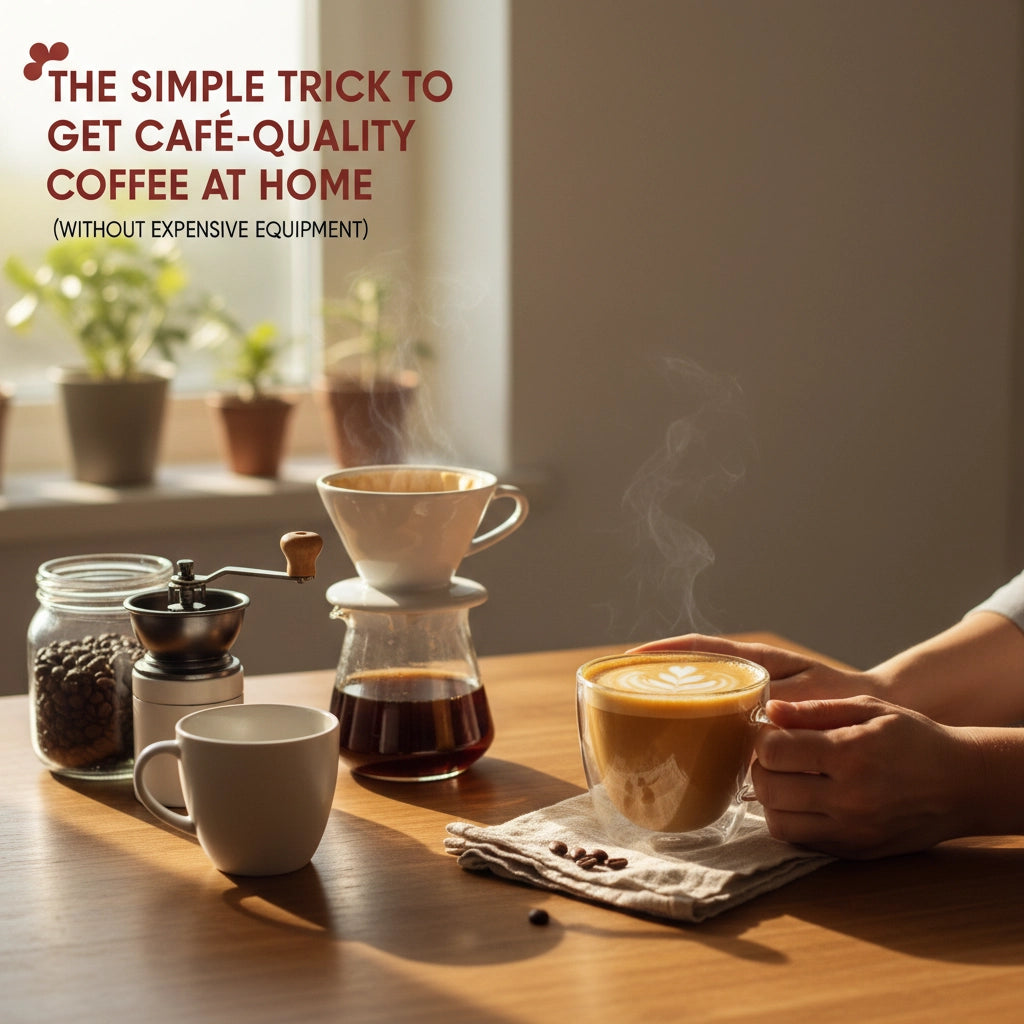You've probably spent way too much money at coffee shops, wondering why your home brew tastes like disappointment in a mug. Here's the thing: you don't need a $3,000 espresso machine or a PhD in coffee science to make café-quality coffee at home. There's one simple trick that'll transform your morning cup, and it costs almost nothing.
The Game-Changing Secret: Fresh Beans + Fresh Grinding
The biggest difference between café coffee and your sad home brew isn't the fancy equipment: it's freshness. Coffee shops grind their beans right before brewing, and so should you.
Pre-ground coffee is basically stale coffee pretending to be fresh. Once coffee beans are ground, they start losing flavor within minutes. It's like opening a bottle of soda and leaving it out overnight: all the good stuff escapes into thin air.
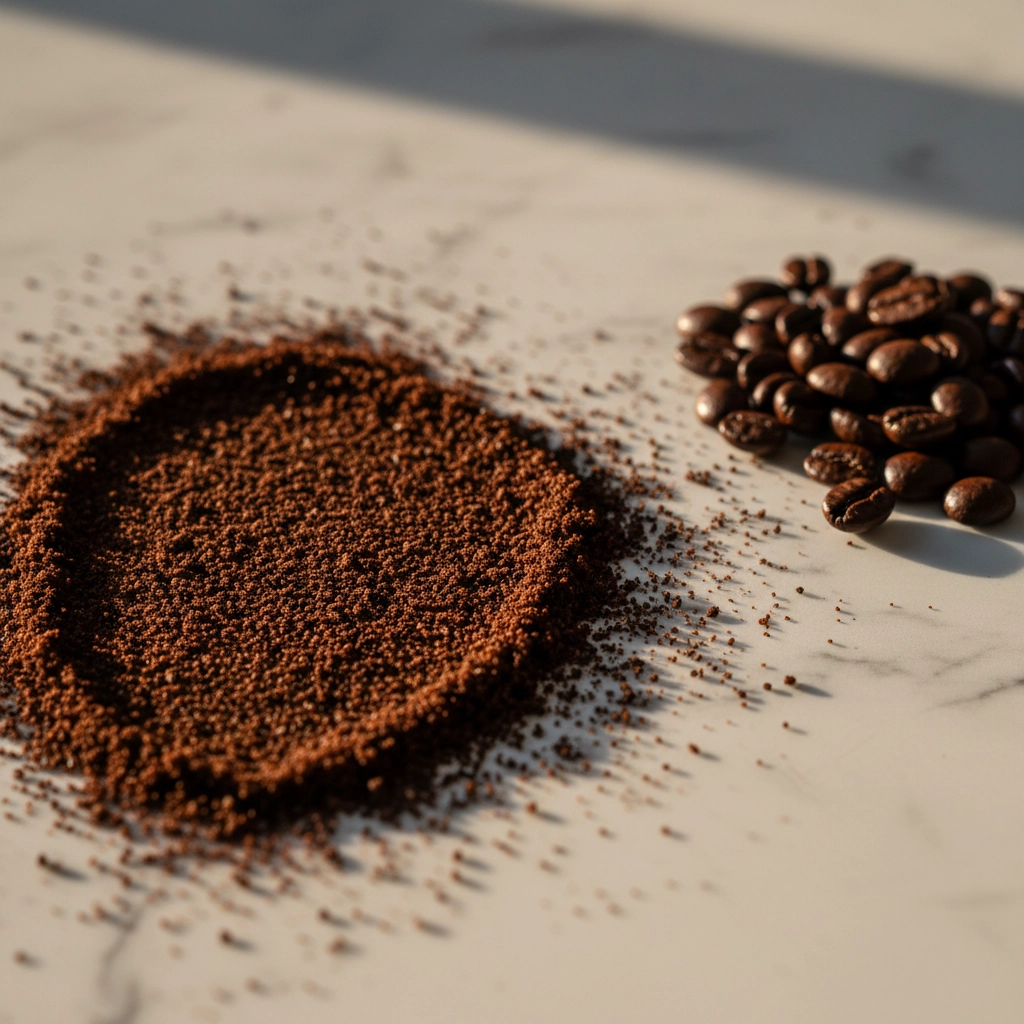
Here's what happens: coffee has over 800 aromatic compounds that create its complex flavor. When beans are ground, these compounds start breaking down and oxidizing immediately. That's why your pre-ground supermarket coffee tastes flat compared to what you get at your favorite café.
The fix is simple: buy whole beans and grind them right before you brew. Even a basic $20 blade grinder will make your coffee taste dramatically better than any pre-ground option.
Start with Quality Beans (But Don't Go Crazy)
You don't need to spend $25 per pound on single-origin, hand-picked beans blessed by coffee monks. But you do need to pay attention to one crucial detail: the roast date.
Look for coffee roasted within the past two weeks. Fresh coffee has a roast date printed on the bag: if you only see a "best by" date that's months away, walk away. That coffee was probably roasted when your last Netflix subscription expired.
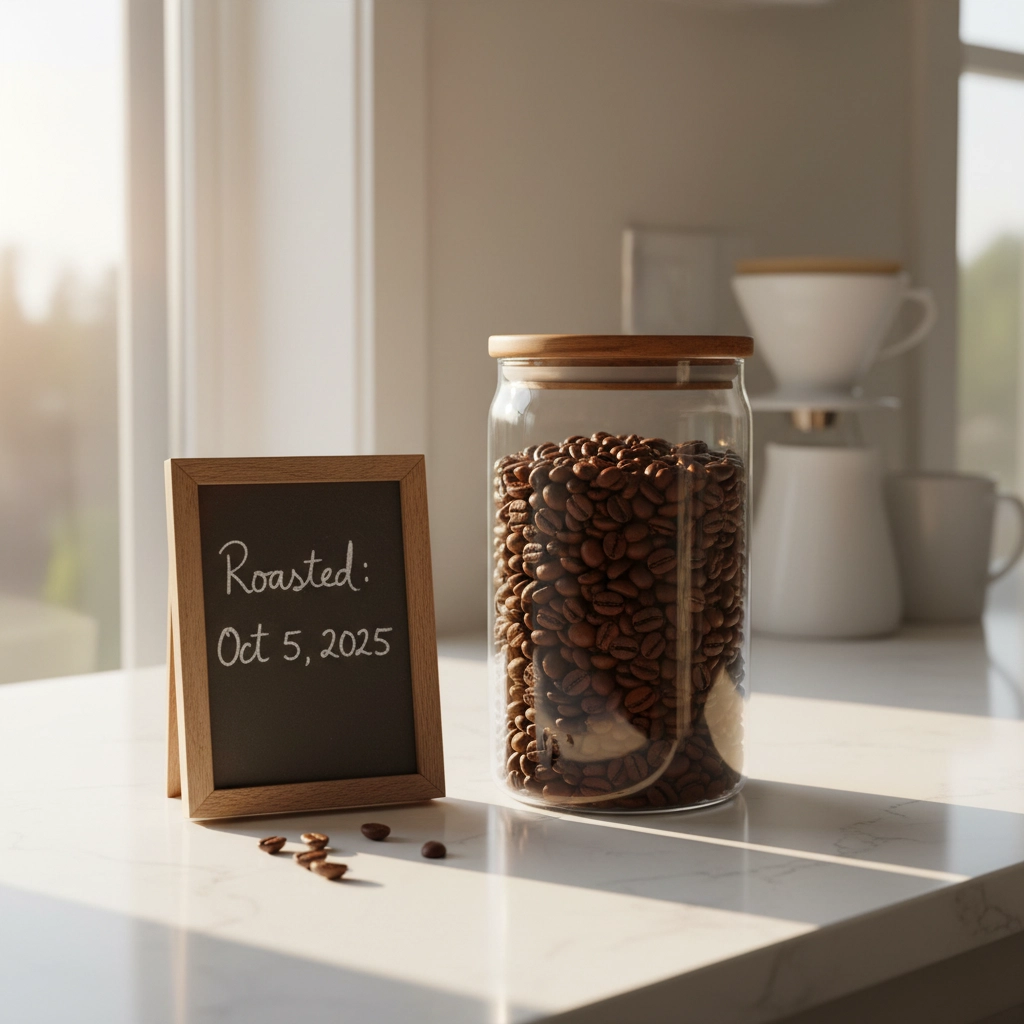
At Avspresso Roasters, our single-origin coffees and signature blends are roasted fresh and shipped within days of roasting. Because we know that freshness isn't just a nice-to-have: it's everything.
Master Your Water Game
Here's something most people ignore: coffee is 98% water. If your tap water tastes like a swimming pool, your coffee will too.
Water temperature matters too. The magic number is around 200°F: hot enough to extract all those delicious flavors, but not so hot that it burns the coffee and makes it bitter.
Don't have a thermometer? No problem. Bring water to a boil, then let it sit for about 30 seconds. That'll get you right in the sweet spot.
If your tap water is questionable, use filtered or bottled water. It's a small investment that makes a huge difference. Think of it this way: you wouldn't cook pasta in pool water, so why make coffee with it?
Get Your Ratios Right (It's Easier Than You Think)
Cafés don't just eyeball their measurements, and neither should you. The golden ratio is 1:16: that's 1 gram of coffee for every 16 grams of water.
"But I don't have a scale!" you might say. Get one. A basic digital kitchen scale costs $15 and will revolutionize your coffee game. No more guessing, no more inconsistent results.
If you're stubborn about the scale thing, here's a rough conversion: use about 2 tablespoons of coffee for every 6 ounces of water. But seriously, get the scale.
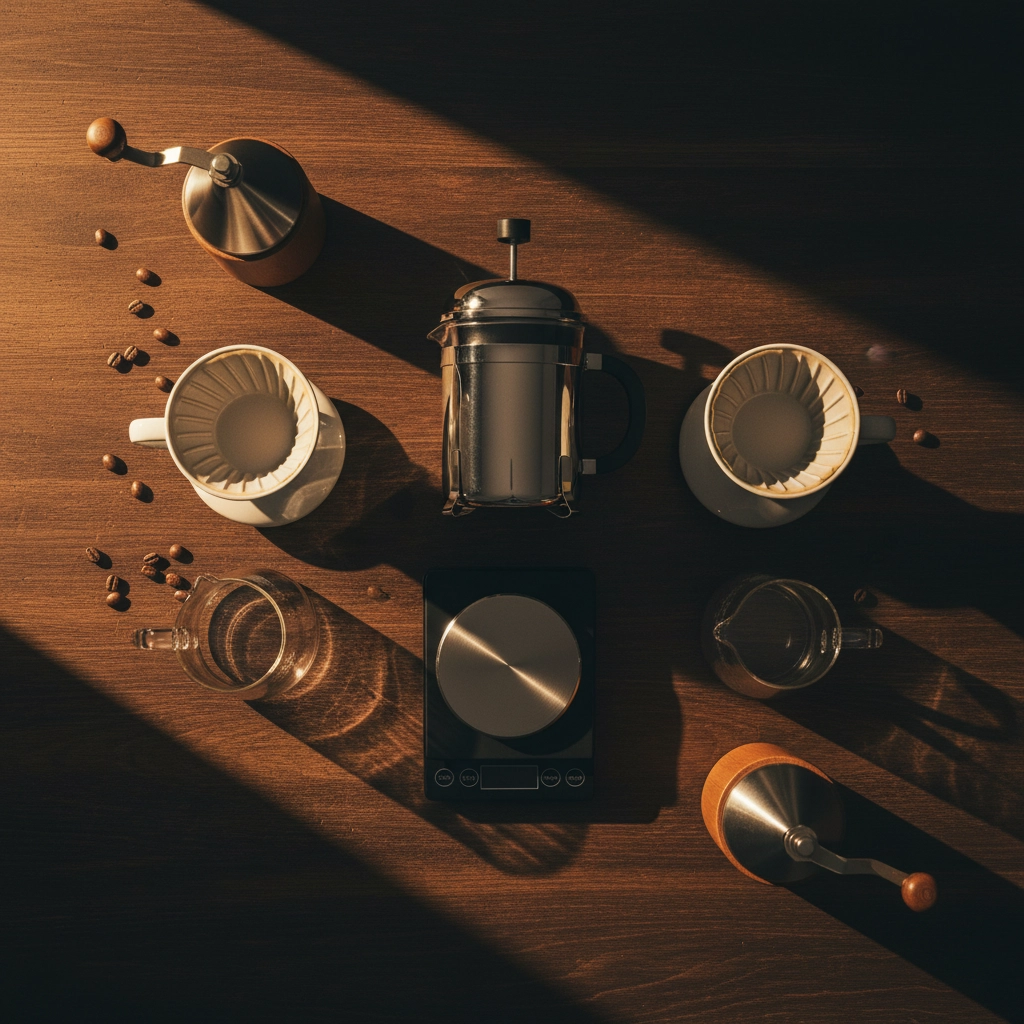
Simple Technique Upgrades That Cost Nothing
Preheat Your Equipment
This sounds fancy, but it's stupidly simple. Pour some hot water into your French press, coffee mug, or pour-over cone. Swirl it around for a few seconds, then dump it out.
Why? Because cold equipment sucks heat out of your brewing water, dropping the temperature below that optimal 200°F. It takes 5 seconds and makes your coffee noticeably better.
French Press Mastery
If you're using a French press (and you should: they're cheap and make great coffee), here's how to level up:
- Use coarsely ground coffee
- Add your coffee and hot water
- Stir once and let it steep for 4 minutes
- Here's the secret: gently stir the top crust of grounds, then use two spoons to scoop off the foam
That foam contains bitter compounds you don't want. Removing it gives you cleaner, smoother coffee. Wait another minute, then press down slowly.
Pour-Over Perfection
Pour-over coffee sounds intimidating, but it's just controlled pouring. Use medium-ground coffee and pour water in slow, circular motions starting from the center and working outward.
The key is keeping your pour steady and even. Don't dump all the water in at once: that's how you get weak, under-extracted coffee.
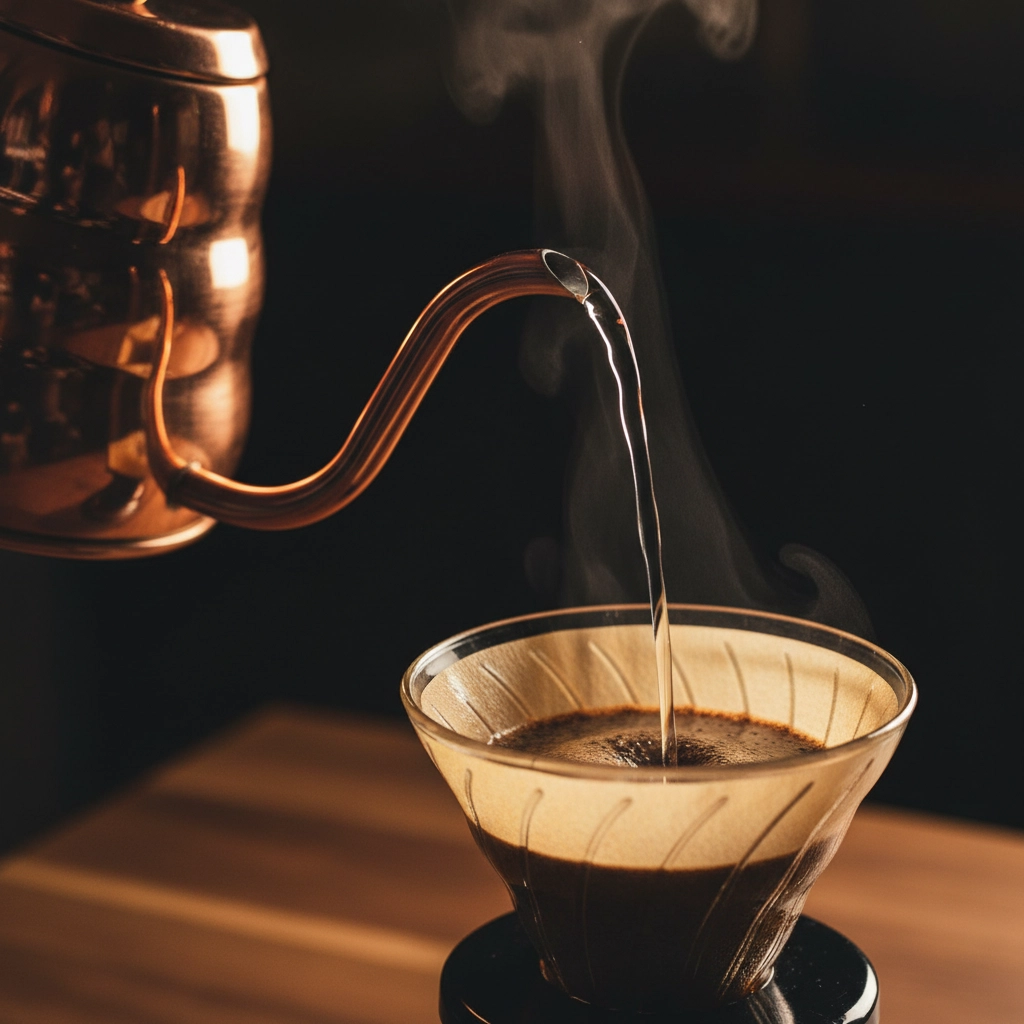
Storage: Don't Ruin Good Coffee with Bad Habits
You spent money on fresh, quality beans. Don't sabotage yourself with terrible storage.
Never store coffee in the fridge or freezer. Coffee beans are porous and will absorb every smell in there. Your coffee will taste like leftover pizza and that questionable Chinese takeout from last week.
Keep your beans in an airtight container at room temperature, away from light and heat. A simple mason jar works perfectly.
The Equipment You Actually Need
Forget the Instagram-worthy setups. Here's what you really need for café-quality coffee:
- Whole bean coffee (obviously)
- Basic grinder ($15-30 for a blade grinder, $30-50 for a burr grinder)
- Digital scale ($15-20)
- One brewing method: French press ($20), pour-over cone ($10), or even a basic drip maker
- Good water (filtered or bottled)
Total investment: under $100. Compare that to what you spend at coffee shops in a month.
Common Mistakes That Kill Your Coffee
Grinding too much at once: Only grind what you're about to brew. Pre-grinding for the week is like pre-toasting bread.
Using water that's too hot: Boiling water burns coffee. Let it cool for 30 seconds after boiling.
Wrong grind size: Too fine and your coffee will be bitter and over-extracted. Too coarse and it'll be weak and sour.
Dirty equipment: Old coffee oils go rancid and make everything taste gross. Clean your grinder and brewing equipment regularly.
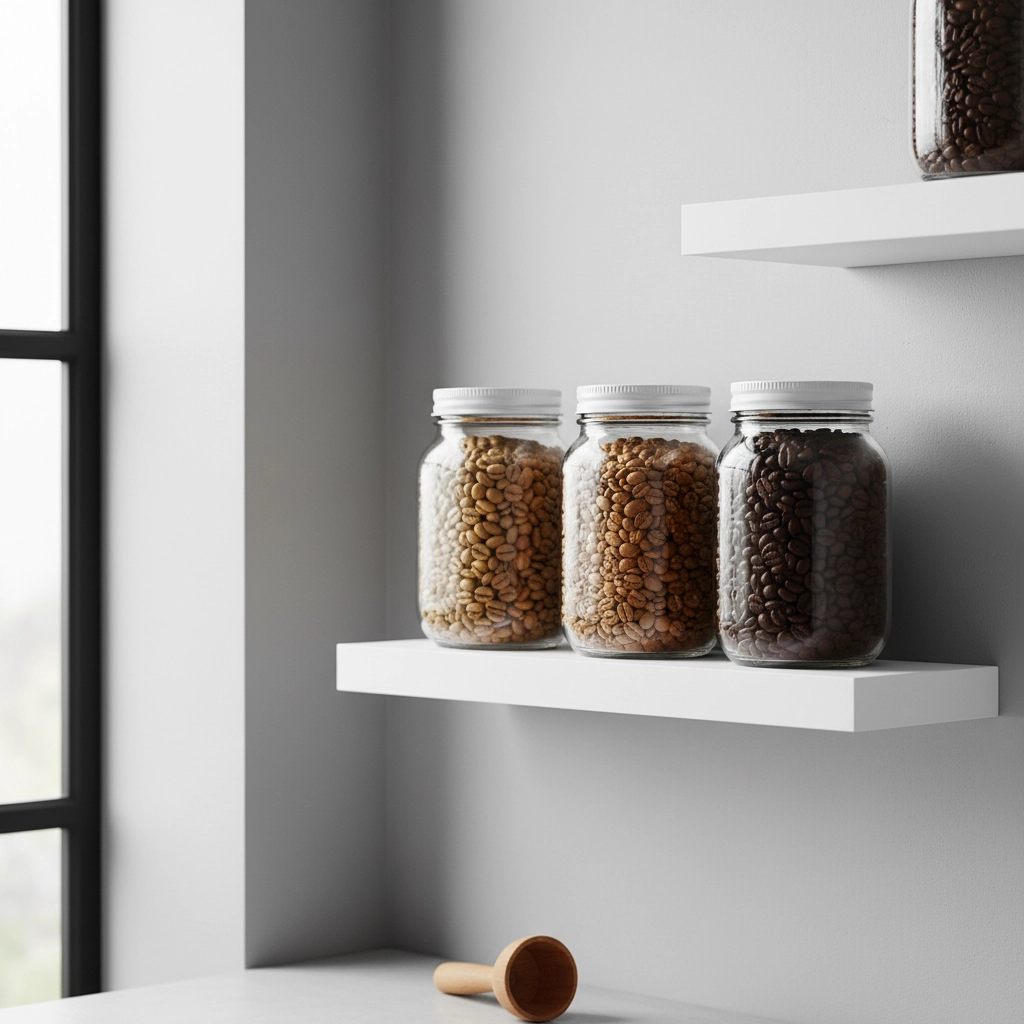
Why This Works
Coffee shops aren't magic. They just follow consistent processes with fresh ingredients. When you grind fresh beans, use proper ratios, and control your water temperature, you're replicating exactly what they do.
The difference is that you're doing it with coffee you chose, at the strength you prefer, without paying $5 per cup.
Your Next Steps
Start with the basics: buy whole bean coffee with a recent roast date, get a grinder, and use proper ratios. Master these fundamentals before worrying about advanced techniques or expensive equipment.
Try our breakfast blend or Ethiopian single-origin to experience what fresh, quality coffee should taste like. Once you taste the difference, you'll never go back to stale, pre-ground coffee.
Remember: great coffee isn't about having the most expensive equipment. It's about understanding the basics and executing them consistently. Fresh beans, proper grinding, correct ratios, and good water will get you 90% of the way to café-quality coffee.
The other 10%? That comes with practice and maybe a few more dollars spent on better beans. But you don't need to break the bank to break free from disappointing home coffee.
Your morning routine just got a whole lot better.

